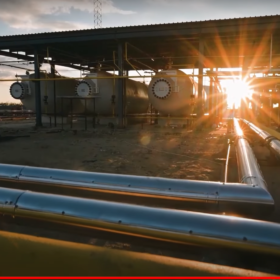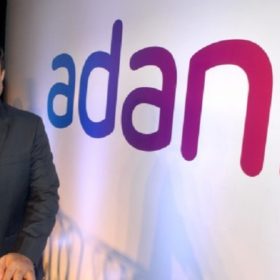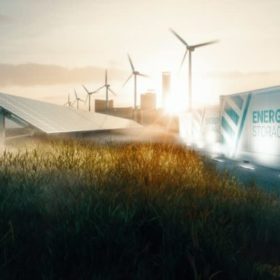IH2A chalks out roadmap to accelerate hydrogen commercialization in India
The industry body proposes building at least 25 scalable green hydrogen projects with a cumulative electrolyzer capacity of 150 MW by 2025. The industry can then apply the expertise and experience gained from these first-generation projects to build gigawatt-scale projects in the 2025-30 period.
Green hydrogen pilot project targeting fuel dispensation at 700 bar
GH2 Solar is the project partner for a new green hydrogen pilot based on proton exchange membrane (PEM) electrolyzers. It will have the capacity to produce 10 normal cubic meters of green hydrogen per hour.
TotalEnergies to acquire 25% stake in Adani’s green hydrogen unit
France’s TotalEnergies has signed an agreement with Adani Enterprises to acquire 25% of its new energy arm, Adani New Industries Ltd. The joint venture platform, ANIL, will be integrated across the value chain to drive down green hydrogen production costs. It aims to develop a green hydrogen production capacity of 1 million tons per annum by 2030.
Acme to invest in green hydrogen, ammonia plant with captive solar in Karnataka
Renewables developer Acme Cleantech Solutions has signed a deal with the Karnataka government to invest INR 52,000 crore ($6.7 billion) in a new plant capable of producing 1.2 million tons of green hydrogen and ammonia per year, co-located with a captive solar plant.
GreenZo to offer green hydrogen solutions from electrolysis to storage
The Delhi-based renewable project consultant aims to expand electrolyzer production capacity to 1 GW after its initial 250 MW is operational. It is also looking at offering turnkey solutions for green hydrogen plants and the production of high-pressure tanks and cryogenic vessels for hydrogen storage.
Acme Group signs MoU with Japan’s NYK for ammonia shipping
The Indian sustainable energy company has signed an agreement with the Japanese ship operator to transport green ammonia from its projects to customers globally.
Indian opportunity for renewable energy investments
In a keynote address at Intersolar Europe 2022, Indian Union Minister Bhagwant Khuba asked global investors to seize the opportunity to focus on India as it targets net-zero emissions by 2070 and 500 GW of installed non-fossil energy capacity by 2030.
GAIL awards 10 MW green hydrogen project
GAIL, India’s largest state-owned natural gas company, has awarded a contract to an undisclosed company to install and commission a proton exchange membrane (PEM) electrolysis unit in Madhya Pradesh. The system will be powered by 10 MW of renewables, to produce around 4.3 metric tons of hydrogen per day.
Hygenco commissions green hydrogen pilot plant powered by off-grid solar
India-based Hygenco has set up a green hydrogen generation plant on a build-own-operate basis in Madhya Pradesh. The alkaline electrolysis-based plant is co-located with a solar PV project in the state’s Ujjain district.
Norway’s Statkraft, Aker Horizons partner to explore green hydrogen and ammonia production in India
Norwegian renewable energy developer Statkraft has partnered Norway’s green investment company Aker Horizons to explore fully-integrated renewable power generation and green hydrogen production in India, targeting local steel and fertilizer industries.












